The Giro d’Italia is one of the biggest sporting events in the world. It is recognised as the second most prominent stage race in the world, not just taking place in Italy, but also expanding outside of its borders, with the race stopping by other countries too, like Denmark for the 2012 edition of the race.
The Giro is one of the races that RCS Sport is organising, as well as Il Lombardia and Milan-San Remo to mention a few more. To build a name, an identity and a brand is difficult today, as people and organisations are constantly screaming for our attention. To manoeuvre in such waters demands strategic sense, ingenuity, the right people, and technology. The Giro is currently on Facebook and Twitter, and has many thousands of followers, including their own dedicated fans called tifosi. They have stepped up their use of social media and have received much praise for doing so, not only in the cycling world but beyond. In order to find out how they work with social media, what their strategy has been and will be, I got together with Marco Gobbi Pansana, the Marketing and Communication Manager of the Giro to find out more.
PDR: Thanks for the opportunity Marco Gobbi Pansana, I appreciate you taking the time for this interview. Could you start by introducing yourself to the readers, where do you come from and how did you get to where you are now?
My name is Marco Gobbi Pansana, I was born in 1979 and I’m the Marketing and Communication Manager of the Giro d’Italia and the other cycling events of RCS Sport.
I graduated in 2003 in Public Relations and Marketing at the IULM in Milan. I started work in 2004 at RCS Pubblicità, in the New Brands Sales Marketing office, where I managed special projects, loyalty and frequency programmes, sponsorship and events for the Gazzetta dello Sport brand.
From 2006 I moved to RCS Sport, covering several roles and the strategic repositioning of all the brands and events in the RCS Sport portfolio and developing their value and communications via special projects and advertising, side-events, and PR.
From 2009, I’ve been the head of the Marketing and Communications for cycling.”
PDR: The Giro is a big event in Italy and the world for that matter, but what does the Giro d’Italia mean to you personally?
My first memories of the Giro d’Italia were in the early nineties, cheering for ‘El Diablo’ Claudio Chiappucci, hoping he’d beat more talented riders such as Bugno, Indurain, then Berzin and Rominger. I then discovered ‘il Pirata’ Marco Pantani, who was one of Chiappucci’s domestiques, and fell in love with the way he raced: with his heart and full of courage. Few riders have ever excited the fans like he did. I didn’t follow cycling closely for a few years but then got back into it in 2000 as a student. The first CV I sent out was to try and work for the Giro d’Italia.
Today the Giro is a mash-up of logic and passion, of work and personal emotions, of professionalism and enthusiasm. It’s a good relationship that is very rewarding professionally and so I try to give a lot back.
The thing I like the most? That my group and I are managing to do what many people thought was impossible: after transforming a race into an event, we’ve now changed it from an event into a brand.”
PDR: To be recognised as a brand is a complex journey. I have for a long time admired how the RCS utilize social media, and you have received praise from all over the cycling world because of it. You have been active on Twitter all year and you have had campaigns on Facebook. Can you bring us back to how this started, why did it happen like it did, and when did it begin in the first place? Also, it would be interesting to know who was involved and what was the key to succeed in making this turnover when it comes to social media? What was/is the vision?
Our first ‘revolution’ started in 2006, with an attempt to change our approach to the way we work. The Giro consists of 21 stages, with a lot of racing and a huge effort by the riders. It’s an event that is much more than a race, it’s also a party that involves everyone: the local and national authorities, our partners, and the pro teams and their riders. We build a team around each event and create projects to reach specific targets.
The second revolution started in 2009 with the arrival of Michele Acquarone [ed. – former Managing Director at RCS and now the Race Director for the Giro, replacing Angelo Zomegnan in July of 2011. You can read Richard’s May 2011 interview with Michele here.] The Giro became a brand that lives and breathes 365 days a year. An event is based on communications done by others, a brand communicates itself. The Giro has built its own brand equity; it’s rediscovered his history and values. It communicates in a certain way and has its own personality. But the Giro isn’t a consumer product or a service, it doesn’t happen every day. So how do we turn these values into concrete actions?
The social media was the answer. First via Facebook and then Twitter and soon on YouTube. The Giro now has its own channels of communication that we can manage directly and cost-effectively, that are international and interactive. Finally, without going through intermediaries, we’ve got the chance to speak about the Giro, to keep it constantly alive, to know what our fans think, to play and inform people and share our passion for what we call “the toughest race in the world’s most beautiful place.“
We decided to use social media openly and honestly. We think it’s the right way to create a relationship with our fans around the world. The Giro isn‘t ‘ours’ – it belongs to all the fans because they’re the ones who make it so special. It’s their passion, their interest in it, and their love for it. That’s how we understand what they like about the Giro and so we asked the fans to help us develop the Giro.
We were the first organiser in the world to ask the fans to choose the climb that had to be in the 2012 Giro. The Stelvio and the Mortirolo came jointly at the top and so we created a stage with both climbs: it’s the FAN STAGE of the 2012 Giro d’Italia. We also asked the fans about the iconic race leader’s maglia rosa. We asked them to enrich it with their passion and feelings via Twitter. We also made the fans the stars of the promotional campaign for the 2012 Giro.”
PDR: I see. Everybody need some inspiration from time to time. I’m curious, where do you look for inspiration?
We’re curious, we surf the net and look for inspiration in and out of sport. We study what Real Madrid and the NFL do and also companies like Coca Cola, Diesel, Nike and Nespresso. We try to be creative; remember ‘Tweet Your Maglia Rosa’? We try to be the first to be original, including our symbols which are climbs, maglia rosa, Italy – we share our history and our values.”
PDR: During the 2011 Giro, I think you had at least four people running the Giro d’Italia Twitter feed, if I remember correctly. How have you organized the staff?
The 2011 Giro d’Italia was year zero for us from the point of view of the social media. During the event two people focused on managing our Twitter profile with the objective to reveal aspects of the race that aren’t generally seen, either because they’re exclusive or because they’re considered of little interest by the traditional media. We tried to report what happens behind the scenes, cover the race from the race director’s car or from team cars. The fans loved it. During the so-called ‘off season’ a member of my team manages our social media profile. I can promise you that there will be a lot of new things regarding our social media in 2012. Keep following us.”
PDR: Sounds good from a fan’s perspective. How do you see the future for social media and cycling in general?
It’s difficult to predict. I wasn’t on Twitter two years ago and didn’t know about Facebook five years ago. The important thing is to be fully up to date on what is happening. Regarding the social media, I think the integration between different platforms, devices and on-off is inevitable. Mobile will change radically. I think it’ll be difficult to identify what isn’t mobile because desktop PCs and laptops, as we understand them today, will change rapidly. This means the content will be more interactive and include film, music, books, etc. A few years ago teenagers seemed set to be more and more closed in their own worlds with their PlayStation and iPod. Now socializing has come back strongly because the way of doing things has changed. I think this concept of community is the ‘fil rouge’ that will set the direction for the development of social media.”
Regarding cycling, after a decade of damage caused by doping scandals, a lot of people thought cycling was dead. But the strength of cycling comes from the passion of the fans. If this sport can understand how to promote its best aspects (that it’s free to watch, the possibility to see and touch their heroes and so be part of the event), and use social media to do this, then I think the Giro will continue to develop internationally and grow. But it’s got to change and we can’t invent races that don’t have any sense or have a soul.
Cycling has to radically improve its TV and media product. Fans aren’t like they were in the eighties; they expect a lot more. They want to be part of the race and feel involved. They want to know gradients, speed, and biometrics, hear the rider’s voices and perhaps even smell of their sweat and the smell of the grass of the Dolomites. They want to see the race from a new perspective via onboard cameras on motorbikes, bicycles, etc. Today TV struggles to highlight the race and does virtually nothing for everything that is around it.”
PDR: Thank you so much for your time, Marco Gobbi Pansana.
* * * * *
Richard, aka Pedalingtheroad, is a Norwegian cycling enthusiast and commentator. You can follow him on twitter @Pedalingtheroad, or on his blog – pedalingtheroad.blogspot.com


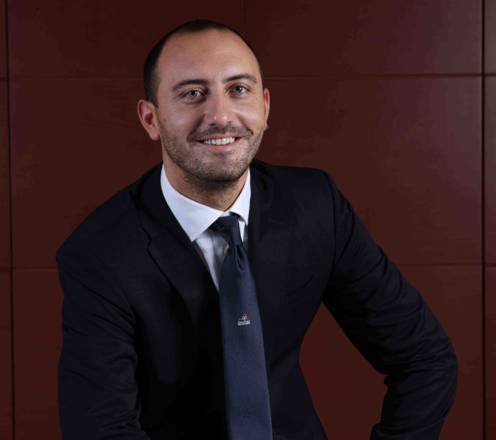


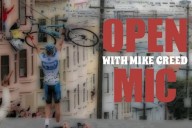



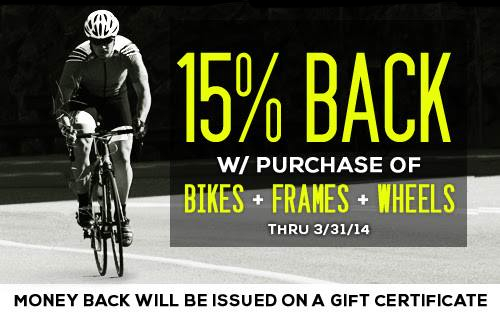

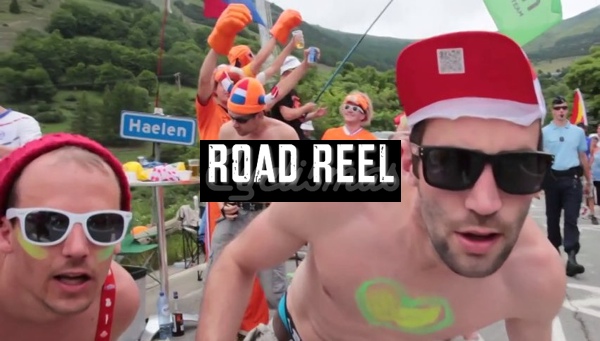
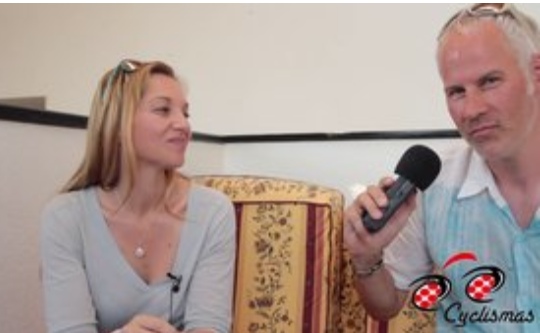

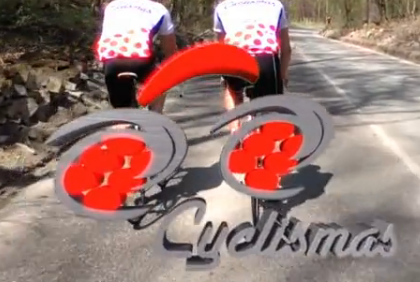

1 Comment
[…] the impact of the changing playing field of brand awareness, as seen in our own @pedalingtheroad interview with Marco Gobbi Pansana. Be thankful, cycling fans – they could have picked a dinosaur agency […]